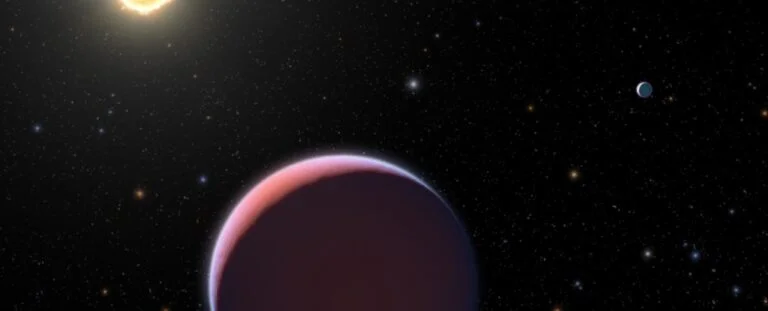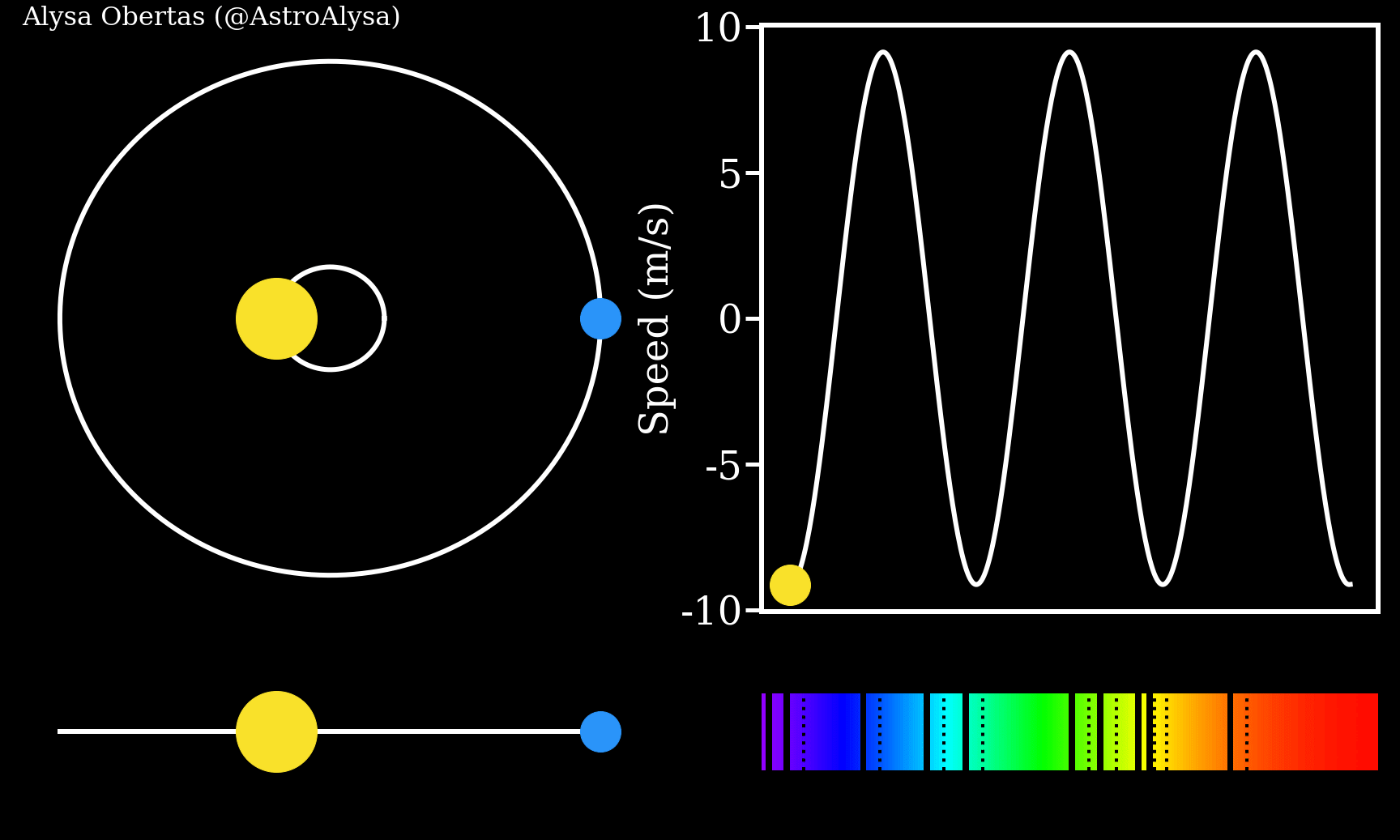Scientists discover an elusive exoplanet
- May 14, 2024
- 0
Among the more than 5,000 exoplanets discovered by scientists, a real miracle has been found: a giant planet the density of cotton candy. There is only one exoplanet
Among the more than 5,000 exoplanets discovered by scientists, a real miracle has been found: a giant planet the density of cotton candy. There is only one exoplanet

Among the more than 5,000 exoplanets discovered by scientists, a real miracle has been found: a giant planet the density of cotton candy. There is only one exoplanet with even lower density, and neither fit any model of planetary evolution. This is the case where science has a chance to advance and perhaps very soon the space observatory will be able to help them. James Webb.
As reported in the magazine today Nature Astronomy An international team of scientists has discovered WASP-193b, one of the strangest exoplanets today, 1232 light-years from Earth. The universe is full of wonders and discovering an exoplanet with a density of 0.059 g/cm33 It is one of the rare ones. For comparison, the density of the Earth is 5.51 g/cm3.3. Jupiter, to which the exoplanet WASP-193b is similar in size, has a density of 1.33 g/cm3.3. The density of cotton candy is 0.05 g/cm3.3.
Scientists cannot imagine what kind of material an exoplanet with this density could be made of. It orbits the Sun-like star WASP-193. The mass of this star is about 1.1 times that of the Sun and its radius is 1.2 times the radius of the Sun. Their temperatures are similar, so are their ages. The only thing that distinguishes this distant system from others is that the dandelion exoplanet makes one revolution around its star every 6.25 days. There is no such planet in the system.

“Its extremely low density makes it a real anomaly among the more than five thousand exoplanets discovered today. This extremely low density cannot be reproduced by standard models of irradiated gas giants, even under the unrealistic assumption of a coreless structure.” – scientists complain. Researchers studying the planet’s passage through the stellar disk calculated that WASP-193b’s radius is approximately 1.46 times larger than the radius of Jupiter. But its mass is incredibly small: only 0.139 the mass of Jupiter.
Examination of the second such exoplanet, Kepler-51d, which is much smaller than WASP-193b, has provided some clues as to why the discovered gas giant is so light. It appears that a nearby star is heating the exoplanet so much that its atmosphere has swelled to extraordinary volumes. At the same time, the planet cannot remain in this state forever, at most a few million years. However, at 6 billion years old, the star is not young or hot enough to create anything resembling the atmosphere of a nearby exoplanet. It would be one thing if the events took place at the dawn of the birth of the star system. But after 6 billion years this is impossible. At least to our knowledge.
Scientists aim to solve the mystery of exoplanet WASP-193b with the help of the space observatory that bears his name. James Webb. It was created specifically to analyze the atmospheres of outer planets. Studies on WASP-193b’s atmosphere will continue using Webb. But that will be another story.
Source: Port Altele
As an experienced journalist and author, Mary has been reporting on the latest news and trends for over 5 years. With a passion for uncovering the stories behind the headlines, Mary has earned a reputation as a trusted voice in the world of journalism. Her writing style is insightful, engaging and thought-provoking, as she takes a deep dive into the most pressing issues of our time.